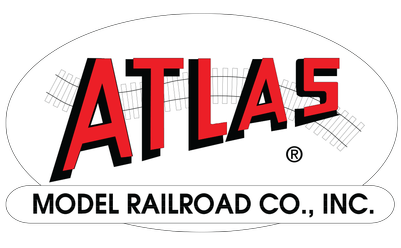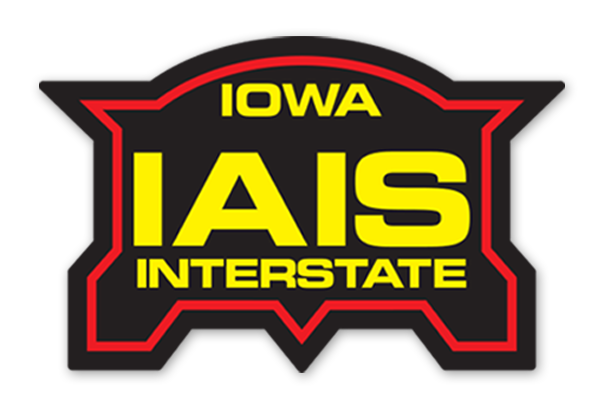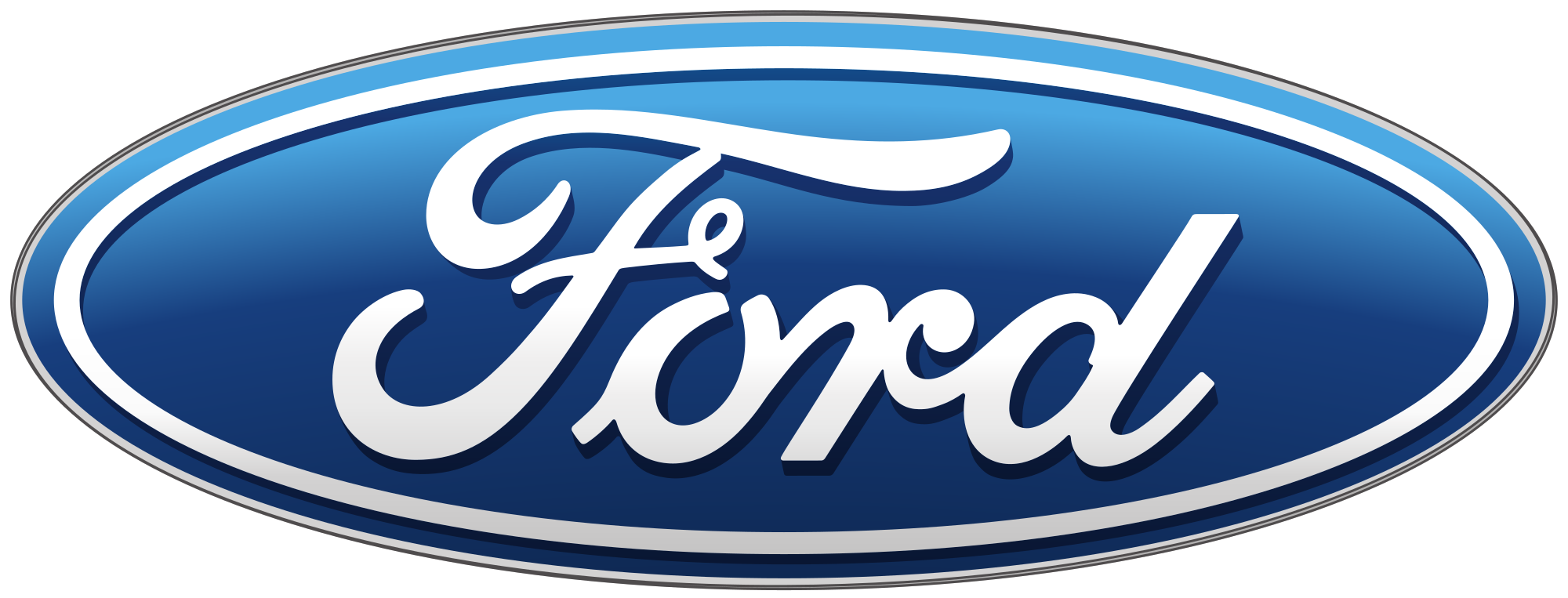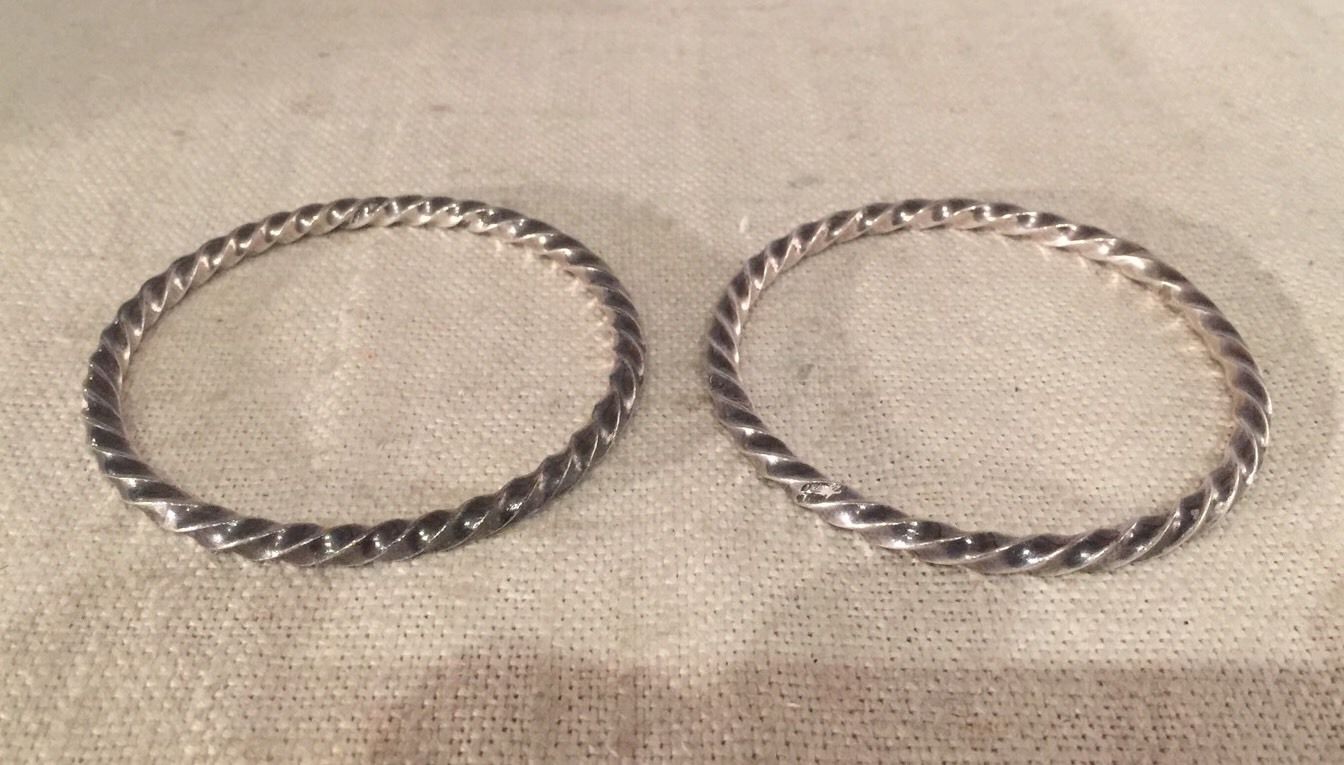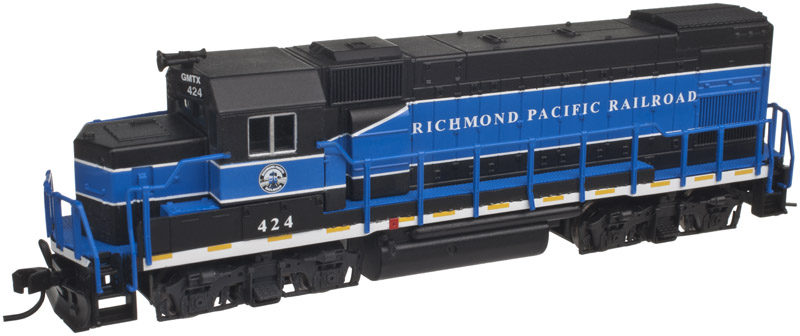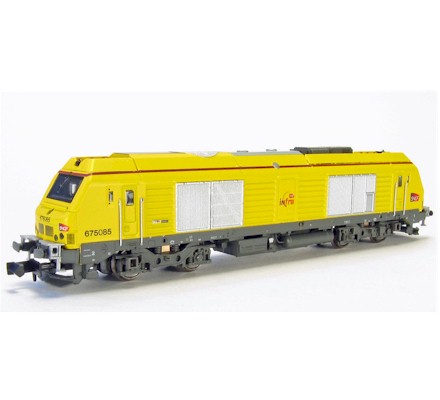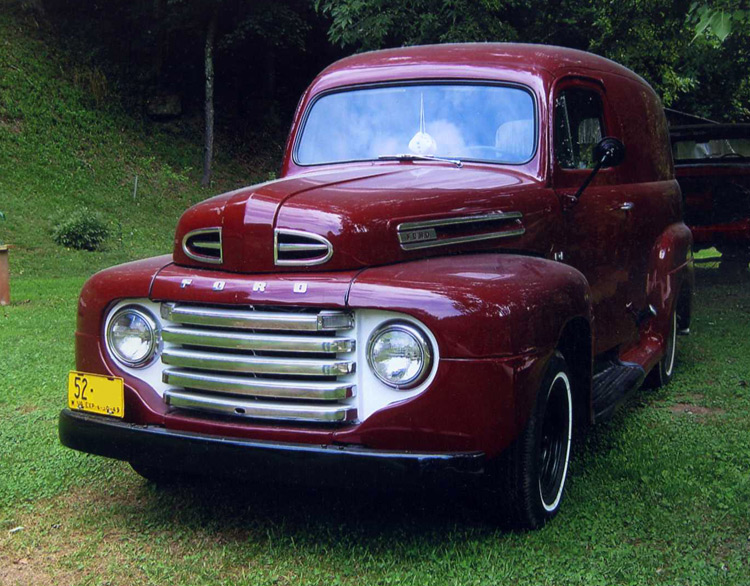Atlas - 3003 - Truck, Ford F-Series - Iowa Interstate - 1997 Ford F-150 Super Cab
| Stock Number | 3003 |
| Original Retail Price | $15.95 |
| Brand | Atlas |
| Manufacturer | Atlas |
| Body Style | Atlas Vehicle Truck Ford F-150 |
| Image Provider's Website | Link |
| Prototype Vehicle | Truck, Ford F-Series (Details) |
| Road or Company Name | Iowa Interstate (Details) |
| Road or Reporting Number | 1997 Ford F-150 Super Cab |
| Paint Color(s) | White |
| Multipack | Yes |
| Multipack Count | 2 |
| Release Date | 2007-01-01 |
| Item Category | Vehicles |
| Model Type | Trucks |
| Model Subtype | Pickup |
| Model Variety | 1997 Pickup F-150 Super Cab Standard Side |
| Prototype Region | North America |
| Prototype Era | All Eras |
| Years Produced | 1948 - Present |
| Scale | 1/160 |
Prototype History:
The Ford F-Series is a series of light-duty trucks and medium-duty trucks (Class 2-7) that have been marketed and manufactured by Ford Motor Company since 1948. While most variants of the F-Series trucks are full-size pickup trucks, the F-Series also includes chassis cab trucks (flat bed) and commercial vehicles (box van). The Ford F-Series has been the best-selling vehicle in the United States since 1986 and the best-selling pickup since 1977.
In 1999, to bridge the gap between the pickup line and the medium-duty trucks, the F-250 and F-350 became the Ford Super Duty vehicles; considered an expansion of the F-Series, the Super Duty trucks are built on a distinct chassis with heavier-duty components. As of the 2017 model year, the F-Series includes the F-150, the Super Duty (F-250 through F-550), and F-650 and F-750 Super Duty medium-duty commercial trucks. The most popular version of the F-Series is the F-150, now in its thirteenth generation.
Through the use of rebadging, Ford has marketed the F-Series through all three Ford divisions in North America. From 1946 to 1968, Mercury sold the Mercury M-Series in Canada; during the 2000s, Lincoln sold the Lincoln Blackwood, replaced by the Lincoln Mark LT.
From Wikipedia
In 1999, to bridge the gap between the pickup line and the medium-duty trucks, the F-250 and F-350 became the Ford Super Duty vehicles; considered an expansion of the F-Series, the Super Duty trucks are built on a distinct chassis with heavier-duty components. As of the 2017 model year, the F-Series includes the F-150, the Super Duty (F-250 through F-550), and F-650 and F-750 Super Duty medium-duty commercial trucks. The most popular version of the F-Series is the F-150, now in its thirteenth generation.
Through the use of rebadging, Ford has marketed the F-Series through all three Ford divisions in North America. From 1946 to 1968, Mercury sold the Mercury M-Series in Canada; during the 2000s, Lincoln sold the Lincoln Blackwood, replaced by the Lincoln Mark LT.
From Wikipedia
Road Name History:
The Iowa Interstate launched in 1984 to operate the former Rock Island mainline from Chicago to Omaha with a few short branches, and one longer branch to Peoria. The mainline also serves the Quad Cities and Des Moines along the way. Cedar Rapids is served by agreement with Cedar Rapids & Iowa City. This Rock Island route had been operated by the Iowa Railroad between 1981 and the establishment of the IAIS in ‘84. Chicago to Bureau is on trackage rights and the western terminal is actually in Council Bluffs with Omaha just over the state line. In total, the system is 580 miles. IAIS’s parent company is Railroad Development Corp.
Early operations were mostly handled by the usual spin-off suspects, rebuilt first generation EMD road switchers. Of the 36 engines, only 3 GP38’s and an Alco RS-36 were 2nd generation units. As traffic picked up over the years, they began to dump the first generation road switchers in favor of used 4 axle 2nd generation power. Now many of those have been returned and Iowa Interstate is going ultra-modern. As of this writing, their 44 engine fleet consists of: 12 ES44AC “GEVO”’s; 8 SD38-2’s; 22 GP38-2’s 1 GP38; and a pair of slugs.
They also have a pair of Chinese built 2-10-2 steam locomotives used for tourists and special events. They can also be found in freight service to break them in after shopping.
The addition of the 12 brand new GEVO’s permitted IAIS to retire twice that number of older 2nd generation road switchers, and still have a net increase of pulling power. Two of these GEVO’s wear Rock Island heritage colors.
In addition to the usual Midwestern mixed-manifest freights, IAIS has a respectable intermodal business. In the early years, this consisted of a single 5-unit Twinstack behind a GP9 (really!) As of this writing, IAIS sports its own fleet of Maxi-IV stack cars among others, and trailers and containers now move in sizable blocks.
Early operations were mostly handled by the usual spin-off suspects, rebuilt first generation EMD road switchers. Of the 36 engines, only 3 GP38’s and an Alco RS-36 were 2nd generation units. As traffic picked up over the years, they began to dump the first generation road switchers in favor of used 4 axle 2nd generation power. Now many of those have been returned and Iowa Interstate is going ultra-modern. As of this writing, their 44 engine fleet consists of: 12 ES44AC “GEVO”’s; 8 SD38-2’s; 22 GP38-2’s 1 GP38; and a pair of slugs.
They also have a pair of Chinese built 2-10-2 steam locomotives used for tourists and special events. They can also be found in freight service to break them in after shopping.
The addition of the 12 brand new GEVO’s permitted IAIS to retire twice that number of older 2nd generation road switchers, and still have a net increase of pulling power. Two of these GEVO’s wear Rock Island heritage colors.
In addition to the usual Midwestern mixed-manifest freights, IAIS has a respectable intermodal business. In the early years, this consisted of a single 5-unit Twinstack behind a GP9 (really!) As of this writing, IAIS sports its own fleet of Maxi-IV stack cars among others, and trailers and containers now move in sizable blocks.
Brand/Importer Information:
In 1924 Stephan Schaffan, Sr. founded the Atlas Tool Company in Newark, New Jersey. In 1933 his son, Stephan Schaffan, Jr., came to work for his father at the age of sixteen. Steve Jr. built model airplanes as a hobby and frequented a local hobby shop. Being an enterprising young man, he would often ask the owner if there was anything he could do to earn some extra spending money. Tired of listening to his requests, the hobby-store owner threw some model railroad track parts his way and said, "Here, see if you can improve on this".
In those days, railroad modelers had to assemble and build everything from scratch. Steve Jr. created a "switch kit" which sold so well, that the entire family worked on them in the basement at night, while doing business as usual in the machine shop during the day.
Subsequently, Steve Jr. engineered the stapling of rail to fiber track, along with inventing the first practical rail joiner and pre-assembled turnouts and flexible track. All of these products, and more, helped to popularize model railroading and assisted in the creation of a mass-market hobby. The budding entrepreneur quickly outgrew the limitations of a basement and small garage operation. Realizing they could actually make a living selling track and related products, Steve and his father had the first factory built in Hillside, New Jersey at 413 Florence Avenue in 1947. On September 30, 1949, the Atlas Tool Company was officially incorporated as a New Jersey company.
In 1985, Steve was honored posthumously for his inventions by the Model Railroad Industry Association and was inducted into the Model Railroad Industry Hall of Fame in Baltimore, Maryland. In addition, Steve was nominated and entered into the National Model Railroad Association Pioneers of Model Railroading in 1995.
In the early 1990s, the Atlas Tool Company changed its name to Atlas Model Railroad Company, Inc.
In those days, railroad modelers had to assemble and build everything from scratch. Steve Jr. created a "switch kit" which sold so well, that the entire family worked on them in the basement at night, while doing business as usual in the machine shop during the day.
Subsequently, Steve Jr. engineered the stapling of rail to fiber track, along with inventing the first practical rail joiner and pre-assembled turnouts and flexible track. All of these products, and more, helped to popularize model railroading and assisted in the creation of a mass-market hobby. The budding entrepreneur quickly outgrew the limitations of a basement and small garage operation. Realizing they could actually make a living selling track and related products, Steve and his father had the first factory built in Hillside, New Jersey at 413 Florence Avenue in 1947. On September 30, 1949, the Atlas Tool Company was officially incorporated as a New Jersey company.
In 1985, Steve was honored posthumously for his inventions by the Model Railroad Industry Association and was inducted into the Model Railroad Industry Hall of Fame in Baltimore, Maryland. In addition, Steve was nominated and entered into the National Model Railroad Association Pioneers of Model Railroading in 1995.
In the early 1990s, the Atlas Tool Company changed its name to Atlas Model Railroad Company, Inc.
Item created by: nscalemodeler160
on 2016-04-15 10:35:49
Last edited by: gdm on 2021-07-10 14:16:36
If you see errors or missing data in this entry, please feel free to log in and edit it. Anyone with a Gmail account can log in instantly.
Last edited by: gdm on 2021-07-10 14:16:36
If you see errors or missing data in this entry, please feel free to log in and edit it. Anyone with a Gmail account can log in instantly.



